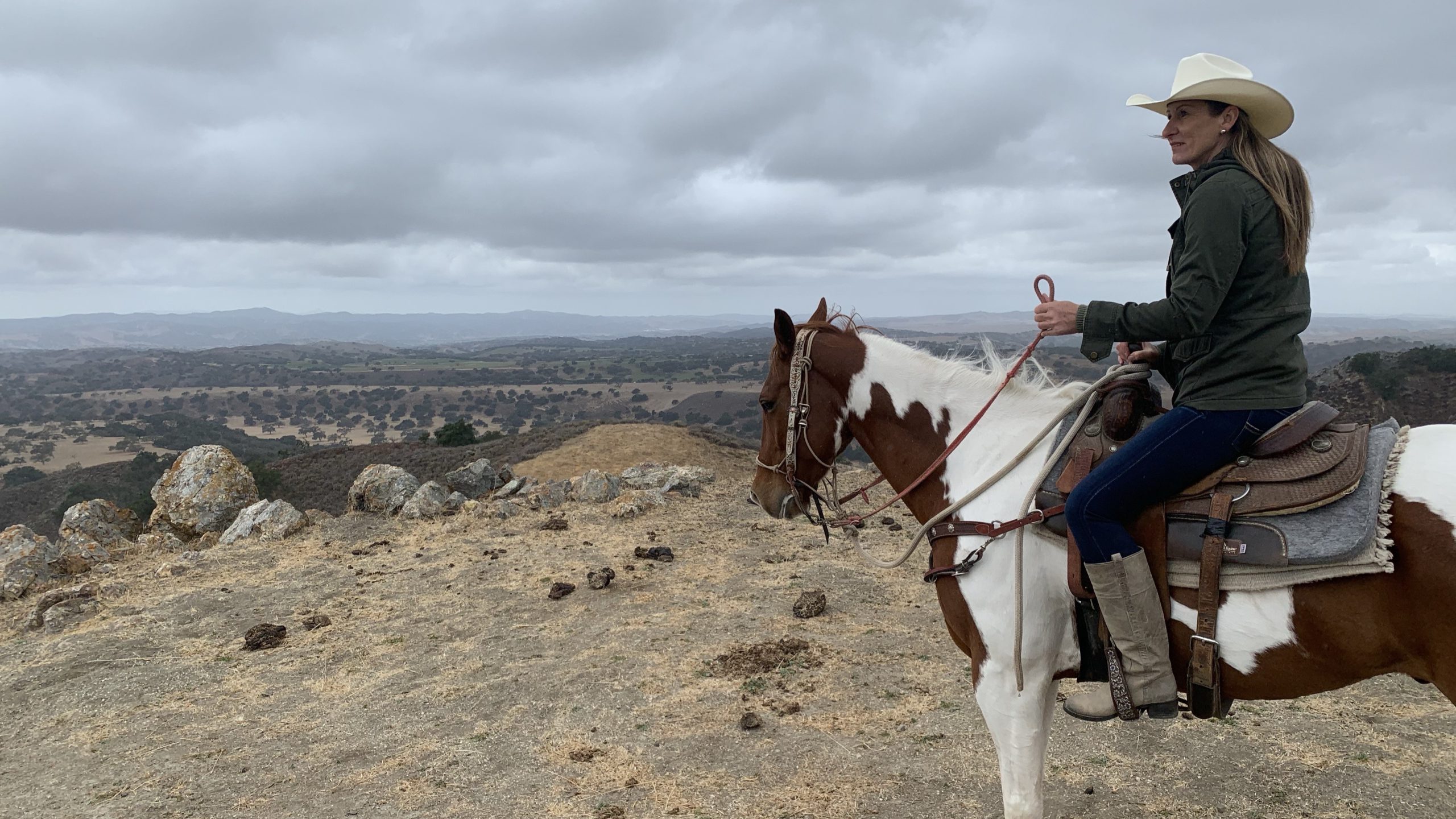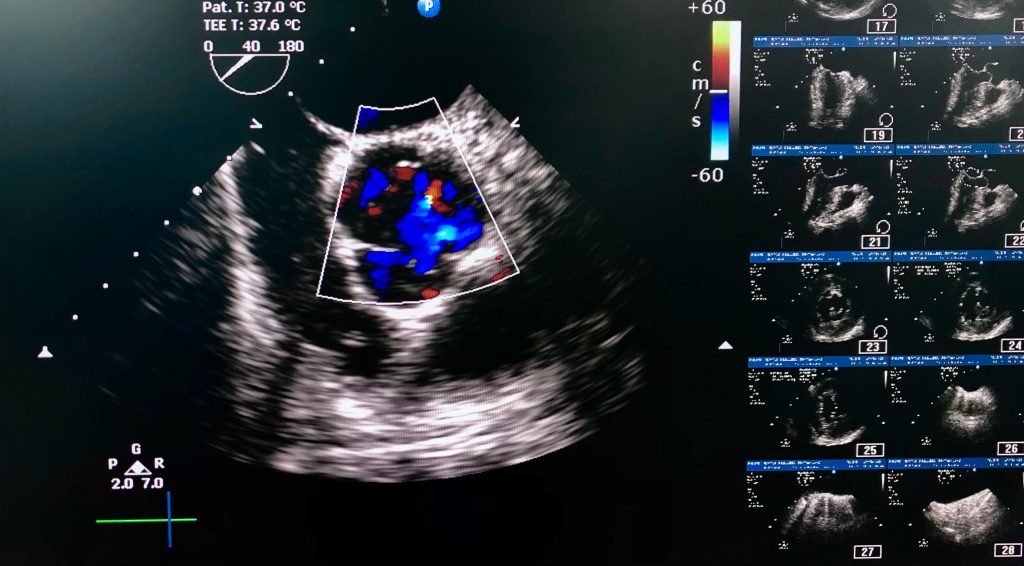In November 2024, Marcela Tinka was feeding Mister, a horse, on the Santa Ynez Valley ranch where she lives and works. As she held the hay out from her hand, the steed pushed his nose hard into her chest in a way that seemed different from his friendly nudges. She didn’t give it a second thought until later that evening when she felt a lump in her breast at the very spot where Mister had bumped into her.
“I figured maybe when he pushed me, I had pulled a muscle,” she recounts.
Tinka decided to have a mammogram, which started her down a path into unchartered territory: a diagnosis of triple-negative breast cancer. But it wasn’t one she would face alone.
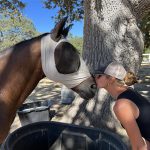
Tinka with Mister in Los Olivos, CA
Triple-Negative Breast Cancer Defined
Tinka assumed if the name of her cancer type included the word “negative,” that must mean good news. Dr. Maira Campos, medical director of medical oncology at Ridley-Tree Cancer Center (now part of Sutter Health) explained that it is a more aggressive form of the disease. This type tends to grow faster and spread sooner than other cancer types. The term “triple-negative” means the breast cancer cells test negative for estrogen and progesterone receptors, and a protein called HER2.
About 10 to 15% of all breast cancers are triple-negative, according to the American Cancer Society. The percentage is higher for patients under 40, who are Black or who have a BRCA1 mutation (a change in a gene that raises cancer risk, especially breast and ovarian).
Tinka began her journey with a breast ultrasound. Her breast surgeon Dr. Rosa Choi performed a biopsy to test Marcela’s breast tissue and also recommended genetic counseling. After Tinka learned her cancer was triple-negative, Dr. Campos outlined a course of chemotherapy, immunotherapy and radiation therapy.
“For patients with this diagnosis, the journey can be long, but the integration of all these treatments allows them to have a smaller chance of recurrence in the future,” says Dr. Campos.
“I loved her (Dr. Campos’) positivity and I felt safe with her. Each time she came into the room, it was like fresh air,” says Tinka who signed onto the recommended treatment plan and scheduled her first chemotherapy treatment for her birthday, Feb. 26, 2025.
Research Strides for Triple-Negative Breast Cancer
Uncovering targeted therapies to treat triple-negative breast cancer has been challenging since the cancer type is missing the three important factors (estrogen and progesterone receptors and HER2) used to identify and effectively treat the cancer. Treatment results can vary widely from patient to patient. This cancer type can even change to resist certain therapies.
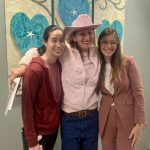
Jessica Wong, Marcela Tinka and Dr. Maira Campos
Motivated to help others while she moved through her own treatment, Tinka enrolled in a clinical trial. Since she participated in the control arm of the study, she did not receive the experimental drug; however, Ridley-Tree Cancer Center clinical researcher coordinator Jessica Wong closely monitored how Tinka was faring and visited her often during her chemotherapy sessions to answer questions.
| Learn more about clinical trials for cancer across Sutter Health
Ridley-Tree joining Sutter Health has meant more access to clinical trials, a boost for its already-robust Clinical Research Department, generously funded by the Cancer Foundation of Santa Barbara. “Our ability to enroll patients and trials here in our Santa Barbara hub saves them time from driving to big universities and academic centers,” notes Dr. Campos. “Patients are followed closely in a clinical trial setting, and the care is built in such a way that they feel extremely supported.”
Honoring Patient Choices
When Tinka wanted to try using natural protocols like ginger for nausea, and baking soda and salt mouth rinses as well as taking advantage of a scalp-cooling treatment to preserve hair loss, Dr. Campos agreed and encouraged decisions which helped Tinka to retain her dignity and made her feel empowered and in charge of her own body.
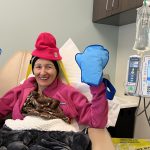
Tinka wearing a Paxman cold cap, used during chemotherapy to prevent hair loss.
“When I looked in the mirror, I didn’t feel like I had cancer. That helped a lot mentally,” she remarks. “My nurses made me feel so pampered, like I was a movie star. It was an unbelievable experience.”
Dr. Campos describes this type of patient care as an exchange. “As they are going through a moment in their life that makes mortality more real, you engage them, so they are part of the plan. It’s this feeling of embrace.”
Děkuji Means “Thank You”
When Tinka successfully completed ten chemotherapy sessions, her tumor had disappeared and her hair was left intact. She then wanted to express her appreciation to the cancer center staff.

The thank-you cakes
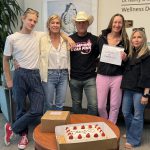
Tinka’s last day of chemotherapy with friends Nisse Stordian, Alison Hardey, her husband, Miro and Afshan Baptista
She teamed up with Alison Hardey, owner of the Santa Barbara staple, Jeannine’s Bakery where Tinka worked for seven years after emigrating to the U.S. from the Czech Republic. The friends delivered an array of cakes decorated with the phrase Děkuji which means “thank you” in Czech.
Tinka’s journey is not over, however the success of her treatment so far and the bonds she’s created with her medical team give her hope.
“Patients should know they are in good hands, and that we are blessed to have this here,” she emits as her eyes fill with tears.
For Dr. Campos, seeing women through to the other side of their diagnosis is incredibly rewarding. “Often for patients, cancer can seem unimaginable and impossible to conquer. I let them know we are together on this, you’re not doing this alone.”

